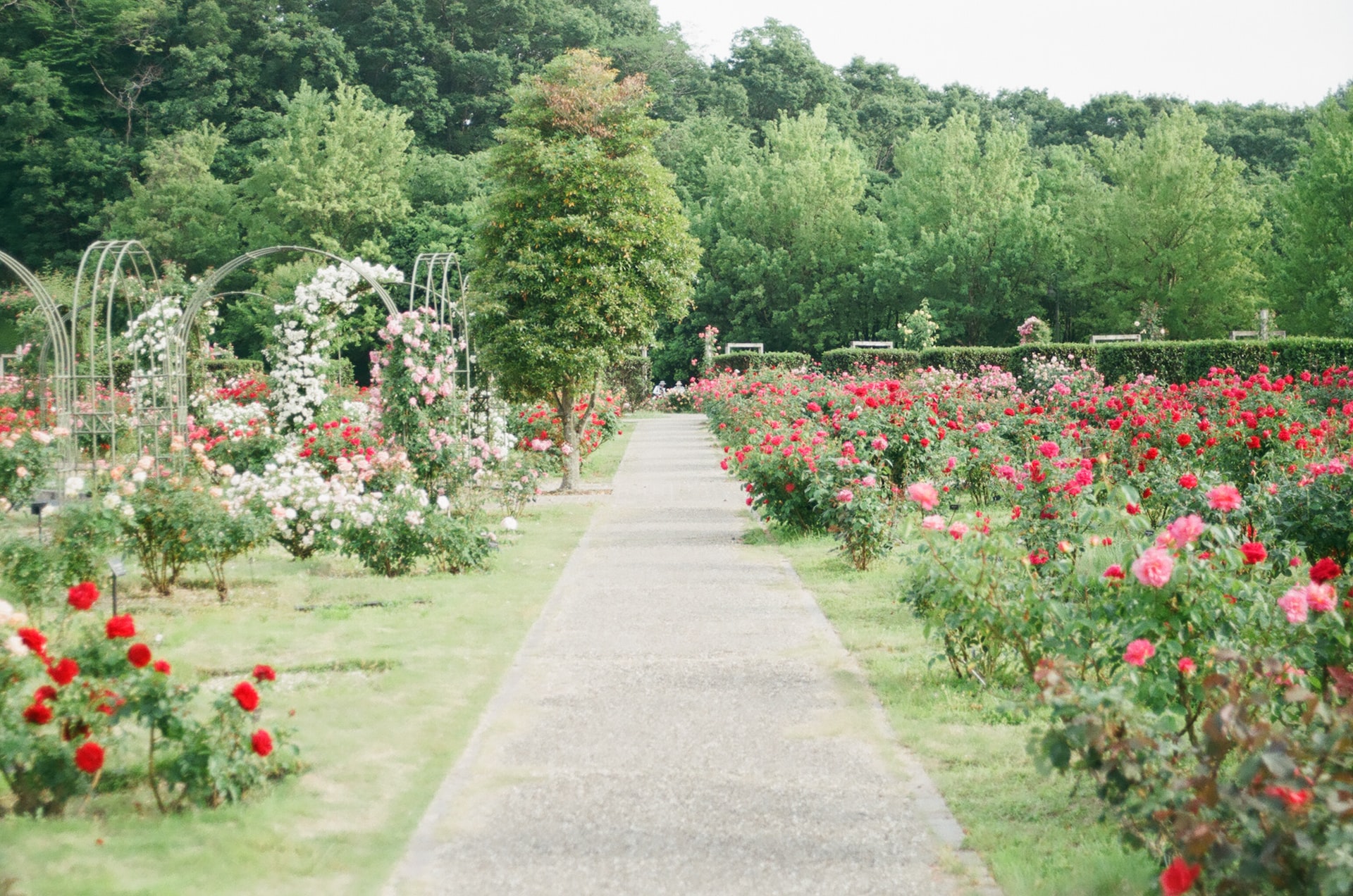Growing your own garden can be a rewarding and educational experience. You don’t need a huge space or containers to grow and maintain your own blooms. Check out these 6 tips for a beautiful batch of flowers in your very own garden!
1. Consider What To Plant
Before you can grow a beautiful garden, you need to decide what plants you want to grow. Through this link, you can find valuable information regarding the different plants to choose from. There are many factors to consider when choosing plants, including the climate, soil type, and amount of sunlight the area receives.
If you live in an area with a hot climate, choose plants that can tolerate the heat, such as cacti and succulents. If you live in a cold climate, choose plants that can tolerate the cold, such as evergreens.
The type of soil in your garden will also affect what plants you can grow. If you have sandy soil, choose plants that don’t require a lot of nutrients, such as cacti and succulents. If you have clay soil, choose plants that require more nutrients, such as vegetables. You can check good online resources to find out the best types of plants based on your soil type.
The amount of sunlight your garden receives will also affect what plants you can grow. If you have a shady garden, choose shade-tolerant plants, such as ferns. If you have a sunny garden, choose sun-loving plants, such as tomatoes.
Once you’ve considered the climate, soil type, and amount of sunlight your garden receives, it’s time to choose the plants you want to grow!
2. Pick The Right Spot
When it comes to picking the right spot for your home garden, there are a few key things to keep in mind. First, you’ll want to make sure that the location gets plenty of sunlight throughout the day. This is essential for plants to grow and thrive.
Secondly, you’ll want to be sure that the soil in the area is healthy and rich in nutrients. This will ensure that your plants have everything they need to grow strong and healthy. Finally, you’ll want to pick a spot that is relatively free from weeds and pests. These can quickly take over a garden and ruin all of your hard work!
3. Test And Improve Your Soil
You need to have healthy soil. Test your soil to determine what nutrients it is lacking and then take steps to improve it. This may involve adding organic matter or amendments to improve drainage, aeration, and water retention.
With healthy soil, your plants will be better able to withstand pests and diseases, and they’ll be more productive overall.
4. Prepare Your Planting Beds
You’ll need to have healthy, well-prepared planting beds. This means your beds should be weed-free, loose, and aerated. You can achieve this by hand-weeding, using a hoe or other tool to loosen compacted soil, and adding organic matter like compost.
Different organic matter that you can add are :
- Pine bark
- Grass clippings
- Cardboard
- Wood chips
- Coffee grounds
5. Protect Your Garden With Mulch
Mulch is one of the best ways to protect your garden and keep it looking beautiful. It helps to prevent weeds from taking over, retain moisture in the soil, and keep your plants warm in the winter and cool in the summer.
There are many different types of mulch available, so you can choose one that best suits your needs.
The different types of mulch include :
Natural Mulch: This is made from materials that occur naturally, such as leaves, straw, and grass clippings.
Inorganic Mulch: This is made from materials that are man-made, such as plastic sheeting or landscape fabric.
Organic Mulch: This is made from materials that were once alive, such as bark or compost.
You can also make your own mulch from leaves, straw, or grass clippings.
6. Water When Necessary
If you want your plants to stay healthy, it is important to water them when necessary. Here are a few tips on how to know when and how much to water your plants:
- Check the soil before watering. If the top inch of soil is dry, then it is time to water the plant.
- Water the plant deeply and slowly so that the water can reach the roots.
- Avoid watering in the middle of the day as the sun will evaporate the water before it has a chance to reach the roots.
- Monitor your plants closely and adjust your watering schedule accordingly. Plants may need more or less water depending on the weather and their stage of growth.
With a little bit of planning and effort, you can easily grow a beautiful garden at home. By following our tips and tricks, you will be well on your way to achieving the green thumb of your dreams.






Leave A Comment